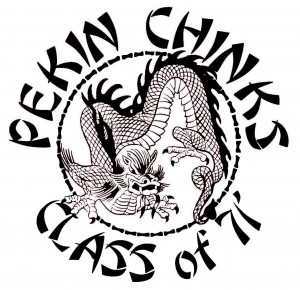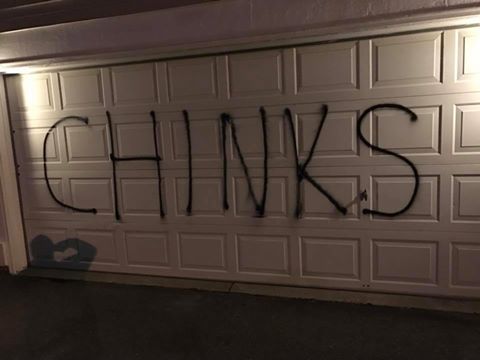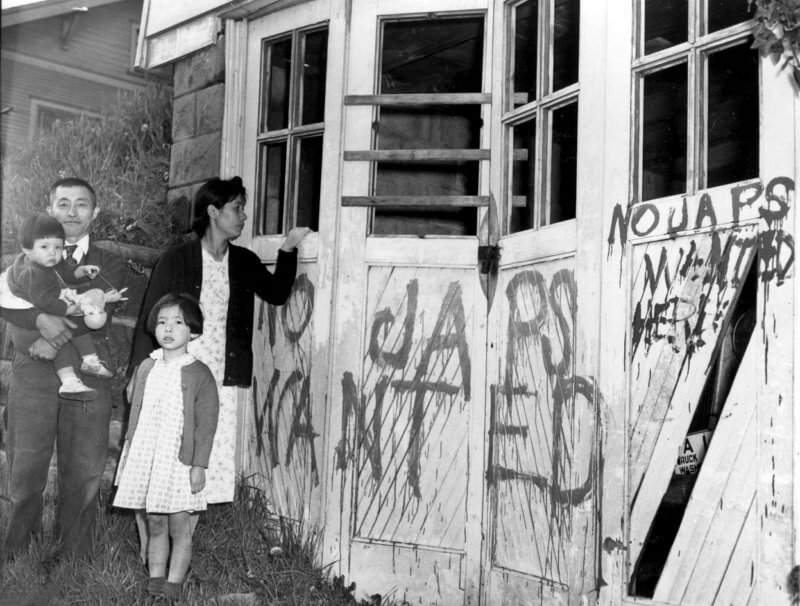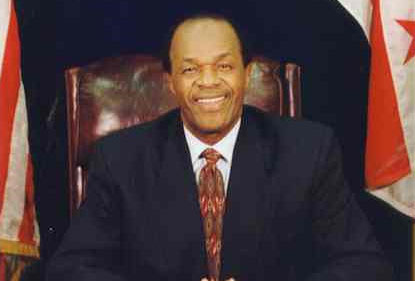 In the midst of the media hullabaloo over ESPN’s “Chink in the armor” headline about Jeremy Lin, I had a conversation with a journalism professor at the University of Colorado, where I work as staff adviser to the CU Independent, the student-run news website for the Boulder campus. What the media need, we decided, is remedial lessons in racist imagery and epithets.
In the midst of the media hullabaloo over ESPN’s “Chink in the armor” headline about Jeremy Lin, I had a conversation with a journalism professor at the University of Colorado, where I work as staff adviser to the CU Independent, the student-run news website for the Boulder campus. What the media need, we decided, is remedial lessons in racist imagery and epithets.
Both the editor and anchor who were disciplined by “the Worldwide leader in sports” claimed they didn’t mean anything racial by the use of the phrase with the “c-word.” OK, granted, the phrase is an old one used to describe a weakness in armor, but who would use the word today and NOT feel a twinge of conscience, a mental red flag, about its century of use as a racist slur? Why wouldn’t you use any number of other words?
Apparently, some people — especially young people — today don’t know or don’t remember that the “c-word” is the equivalent of the “n-word” to Asian Americans. That’s a good thing, because it means the word is seldom used as a slur these days. But that doesn’t mean we can start using it willy-nilly again.
I grew up having the word hurled in my direction as kids yelled at me to “go home.” I’ve been called every one of those words: “Jap,” “Nip,” “Gook,” “Slope,” “Chinaman,” “Ching-Chong,” Slant-Eye”… an entire dictionary of racist words. Some of them as you can see, have non-racial meanings, like slope or nip.
But call me over-sensitive, when I see the words “chink in the armor” or “nip in the air” in print my stomach clenches. And the same goes for an awful lot of other Asian Americans, although yes, not every Asian American agrees (you can call Michelle Malkin anything you want, I guess and it won’t bother her).
The Asian American Journalists Association released a Media Advsiory on covering Jeremy Lin last week, and hopefully that will help curb some of the national media’s dumber inclinations and make writers and editors think at least a moment before they blurt out something they’ll regret later.
But what can you do if some journalists (and people in general) don’t know that certain words or phrases have a racial connotation, perhaps a forgotten one from the past? I’ve met a few people who honestly didn’t know that “chink” is an offensive reference to Asians.
The fact is, words and their meanings evolve. The Pekin, Illinois high school team for many decades was called the “Chinks” even though their mascot was a dragon (see the graphic above). In 1980, after years of controversy and over the objection of the students, the team was changed to the Dragons. I’m sure they didn’t think the word was so bad because they didn’t mean it as a racial epithet.
Even the seemingly benign word “Oriental” has evolved. It originally referred to the Orient, or the Far East. Some Asians today still use the term to describe their grocery stores, and it’s still commonly used to describe rugs (from the Middle East). But it was used so often as a word to refer to negative stereotypes that today, the acceptable word in common usage is “Asian.” “Oriental” is for rugs, “Asian” is for people. The Asian American civil rights organization JACL has a series of pamphlets including this one, “Word can kill the spirit… ‘Jap’ is a derogatory term!” that lists some of the slurs that target Asians.
The JACL’s various pamphlets are available digitally on their website but they’re hard to find. The AAJA also is revising its APA Handbook for covering Asian Americans, with this addendum currently available (they’ll be combined in the new revised edition being published this summer).
Other than these, there aren’t a resource that I know of besides a few websites including this Wikipedia entry on ethnic slurs where people can go and learn about or check whether certain words are slurs or not. Maybe I should write a quick ebook.
But here’s one more example just this week of an innocent use of a word that made me feel uncomfortable, and I’m glad I acted on my instincts to reach out and educate a friend:
Continue reading →














